“Gardeners are destroying the environment!” Would you believe that? It was a phrase in use about 10 years ago with reference to the use of peat.
Described by some as a “plant food”, though slightly more knowledgeable individuals would describe it as an inert, bulk ingredient of compost.
I don’t think there is any argument about that.
Old arguments
Thankfully the old arguments now seem to be over but the subject is still given “air time” on the basis that it is contentious and therefore seen to attract more viewers/listeners.
It takes me back to that famous quote by the late Bill Shankly about football being like life or death, to which he replied “Naw, it’s mair serious than that”.
The peat scenario is a great deal more serious than that, even taking into account a few ill-informed throwaway remarks which tend to be the ones remembered for the wrong reasons.
Responsible commercial firms in our industry and their scientists, together with serious garden practitioners, are very well aware of the peat situation, and thankfully, 10 years on, I would suggest that we are succeeding in our efforts to solve the problem because significant progress has been made.
I am currently working my way through a few of the new compost substitutes and so far, only one has disappointed. No, I’m no tellin’ you which one because, sure as anything, some people will think it is OK.
For the record, let’s go back to the mistaken idea that peat is a plant food.
Actually, the reason why peat was a very successful growing medium has numerous strands, but here are the major plus points:
Peat points
1. It is inert and therefore it would not interact with other materials when used, for example in mixes with soil and sand. Neither will it interact with chemicals added to it, like fertilisers.
2. It is clean – contains no weeds, plant pathogens, pests or injurious chemicals.
3. It can retain moisture whilst still allowing free air movement through it.
4. When processed (granulated) for easy use, it does not lose its structure.
5. It is very easy and clean to handle.
That’s all very fine, but sadly it is more important for our environment that peat is left where it is meant to be in the fight against global warming.
I am well aware that we are talking “long term” changes when most of the present population will be gone but, if in doubt, think of your grandchildren born this week.
There is no point in “swimming against the tide” – try a new variety of compost, but be aware, YOU might have to change your techniques.
I do have a parallel thought about this whole climate change scenario.
When is the government of the day going to protect by law good arable, food-producing land from being planted with trees? We have to eat to live.
Moving swiftly on…
The answer to a much-asked question is YES.
The question: “Can I prune my Forsythia now – it has flowered well but it is getting a bit big?”
This indeed is the right time to prune these early flowering shrubs including winter and early spring flowering heathers, which can simply be clipped back with the hedging shears.
The Forsythia does need a little more precision. In this case, selecting the longest/tallest shoots, follow them down to a leaf joint, say about a half to one metre from the ground and preferably to a bud which is facing outwards and CHOP just above that bud.
You could remove something like a third of the bush, working gradually but being careful to keep the overall shape visually well-balanced.
You don’t want to be looking at a lop-sided bush every time it catches your eye – and it will.
Footering about with a snip here and a snip there is NOT to be recommended.
The technique I described will encourage some fresh quality shoots to develop within the overall outline of the bush, made more predictable by applying a handful of slow-release fertiliser like bone meal around the base, working it in gently with a Dutch hoe – you might even be advised to give it a good soaking forby.
And finally to end with a sad story.
Last week Dyce Kirk was packed with friends and relatives at the funeral service of Gordon McGillivray, a chum and colleague of mine for nigh on 50 years, a fine craftsman best known in recent times, perhaps, as proprietor of Parkhill Garden Centre.
He will be sorely missed by all who knew him. Our thoughts are with his family and close colleagues.

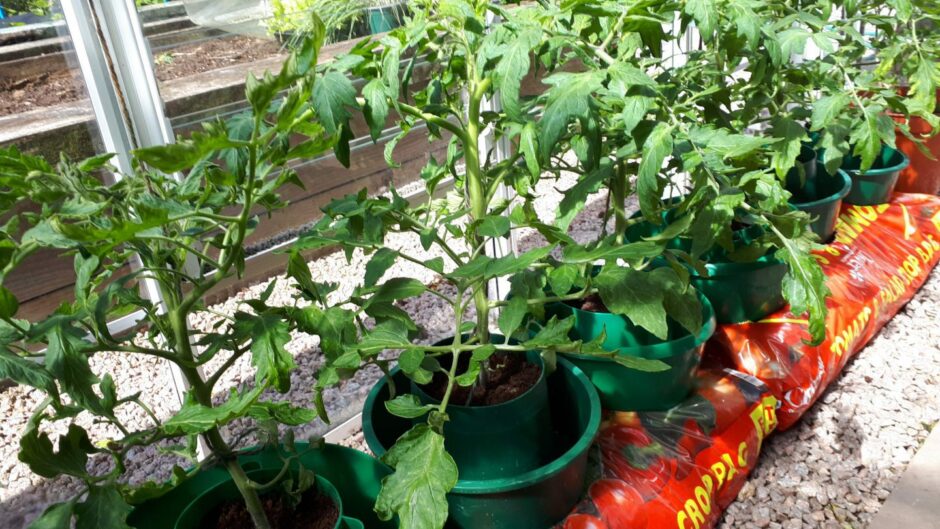
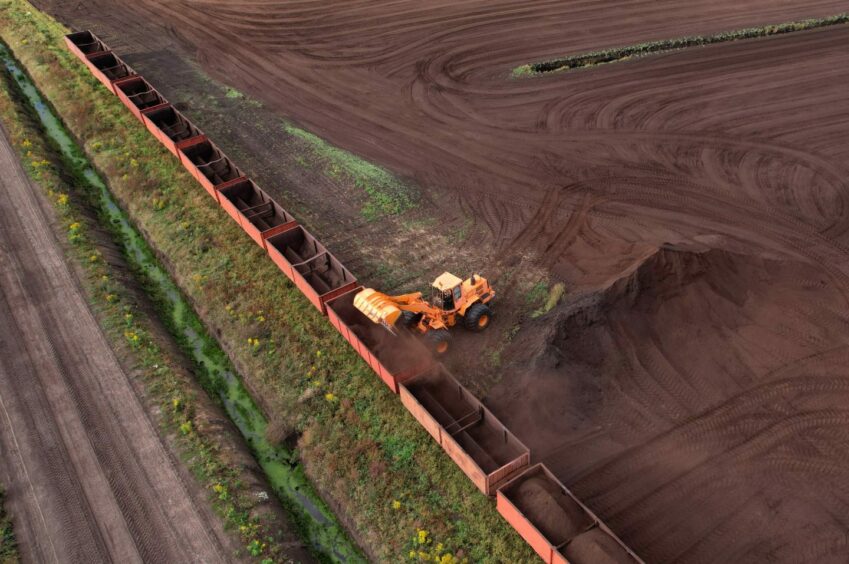
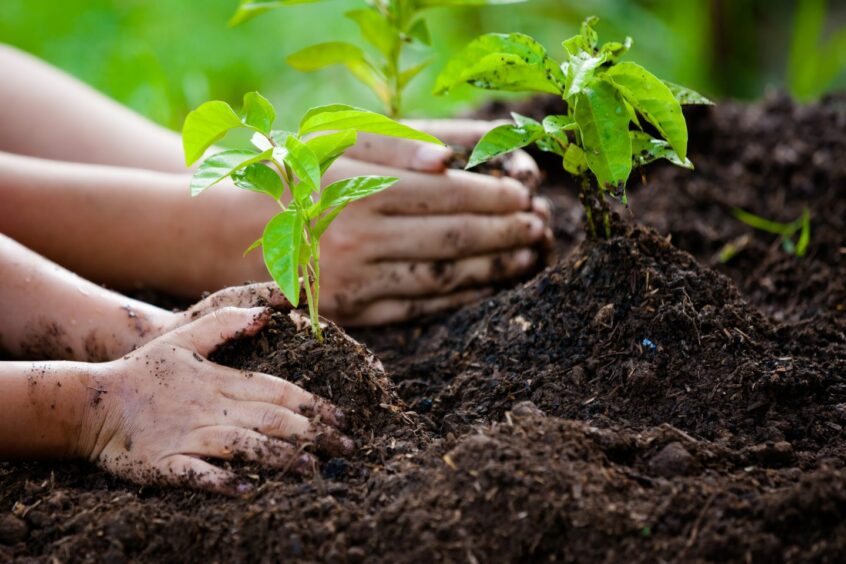
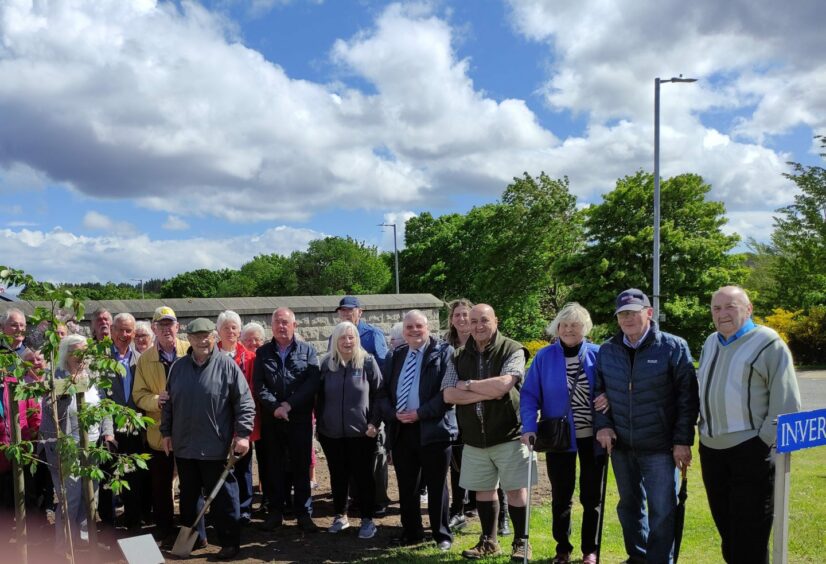
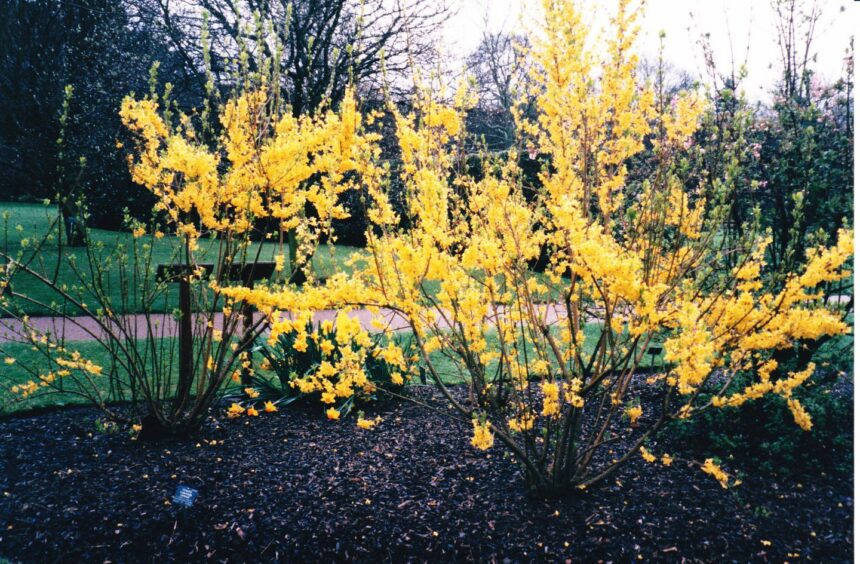
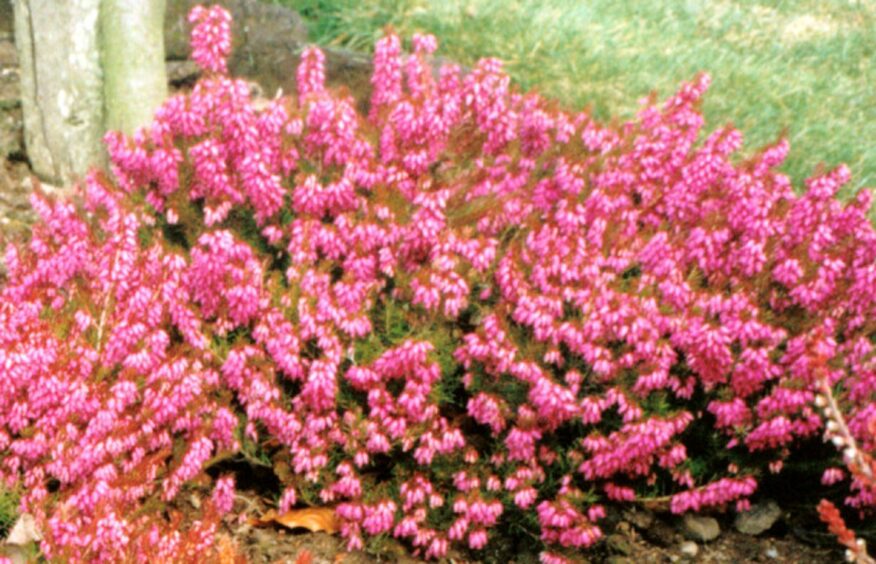








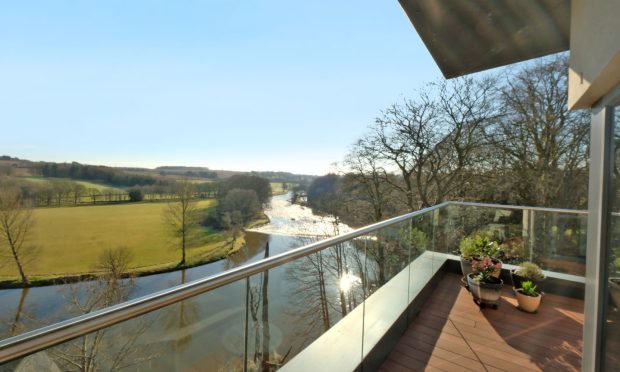

Conversation